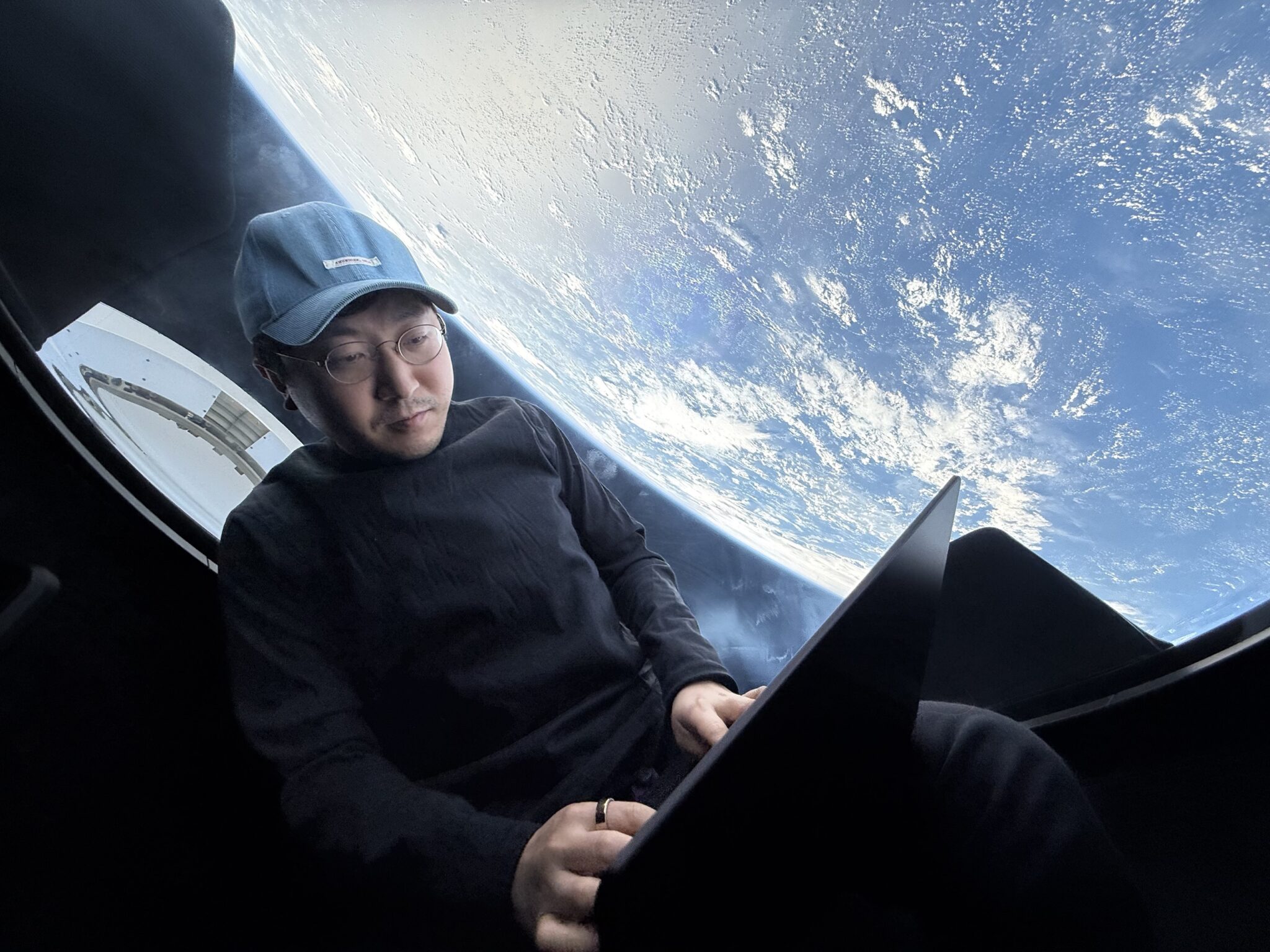NASA has announced a delay in its Artemis human missions to the Moon. Artemis II, originally scheduled for late 2024, has been postponed until no earlier than September 2025 after the agency cited safety concerns. The delay is attributed to the unexpectedly high re-entry erosion of the heat shield observed after the successful Artemis I mission in December 2022. Additionally, the life support valve-controlling electronics of the Orion human-carrying capsule will be replaced to address a design fault despite technically passing acceptance tests. A smaller issue related to the power margin on the Orion capsule (in the event of a launch escape) also surfaced.

Earth as seen from the departing Artemis I Orion spacecraft. Courtesy: NASA TV
The subsequent Artemis III landing attempt, initially planned for late 2025, has been rescheduled to no earlier than September 2026. NASA acknowledged that concerns about the readiness of the Human Landing System (HLS) and a complex mission profile, involving over ten refuelling Starship launches, contributed to this delay. The development by Axiom Space of space suits designed for lunar spacewalks has also experienced setbacks.
“Safety is our top priority,” stated NASA Administrator Bill Nelson during a press briefing. However, the relatively clear-cut nature of the safety issues prompted accusations that NASA’s wish to avoid a prolonged gap between the two flights was the more likely cause of the delay to Artemis II. In other words, setbacks to Artemis III are responsible for the postponement of Artemis II.
Bill Nelson remains optimistic about NASA’s position in the ‘Great Space Race’ back to the Moon, even though China has announced its intention to attempt a lunar landing before 2030. “With us landing in September of 2026, that will be the first landing,” Nelson asserted. (Comment: Seradata’s annual analysis currently favours China as the frontrunner.)
To date, there have been six successful human lunar landings (Apollo 11, 12, 14, 15, 16 and 17) and a single failure (Apollo 13), although it returned safely.

Apollo 12 astronaut Alan Bean on lander of lunar module on Moon. Courtesy: NASA
Comment by David Todd: This is just NASA spin to use safety as a fig leaf (cover up) for its Artemis II delay. The mission could proceed this year if NASA adopted an Apollo-like urgency. The actual reason seems to be NASA’s reluctance to have a large gap between Artemis II and Artemis III, the latter primarily delayed by the decision to employ a large landing craft — the Starship-based Human Landing System (HLS) — to land just two astronauts. This is untested technology involving multiple refuellings. NASA’s previous questionable decisions in its lunar exploration architecture include opting for the costly and delayed SLS over the more economical Sidemount as its first HLV since Saturn V* (now likely to be an interim measure given the emergence of Starship/Super Heavy). It also selected a service module for Orion that is too weak, significantly restricting its lunar orbit capabilities.
*Saturn V was no longer available after its tooling was destroyed by a Nixon Presidential decree!








